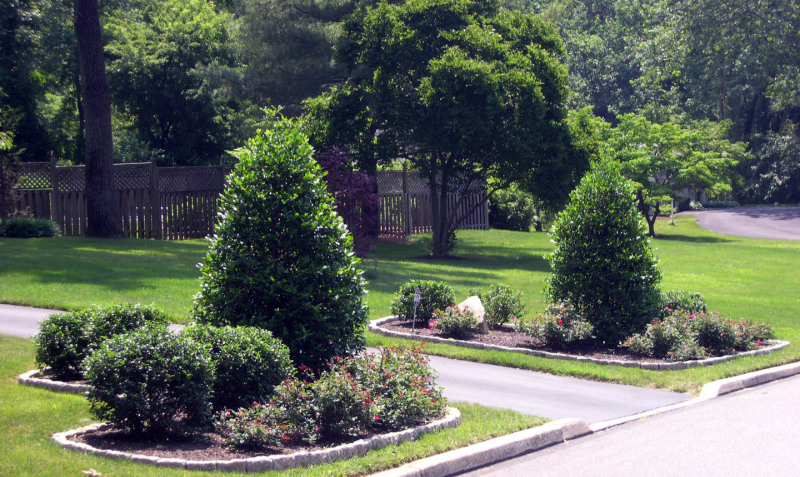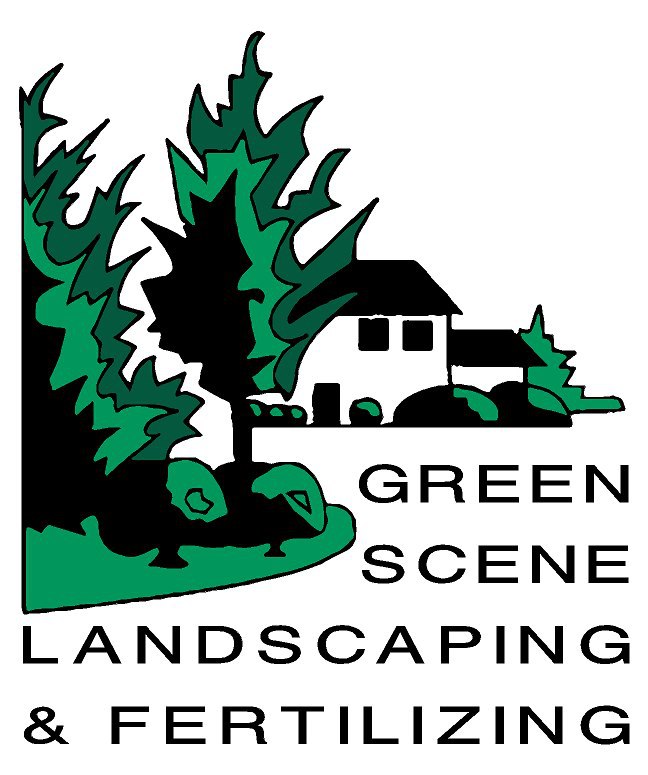
Shrub fertilization: Know the process and methodology
Shrub fertilization is often necessary in residential and commercial landscapes. It is very frequent to find shrubs planted in locations that are not entirely suitable for the plants. Since each shrub has its own preferred environment, it is best to determine site conditions prior to designing or planting a landscape. For example, how much sun does the area receive each day, how wet is the soil during the course of the year, how windy is the location, etc. These are only a few of the conditions to be analyzed prior to planting. Unfortunately, many times shrubs are planted where they should not be. Enter shrub fertilization.
Shrub fertilization is the process by which Applicators supply plants with nutrients. The nutrients can be as simple as basic nitrogen, phosphorous, potassium macro fertilizers, and most often do. The shrub fertilization application can be enhanced with micro nutrients such as iron, manganese, boron, zinc, copper, and molybdenum which are often in short supply to shrubs due to soil deficiencies. Finally, shrub fertilization can also include spraying other products designed to help plants overcome difficult situations. One example would be a shrub antitranspirant product that is formulated to prevent moisture loss, through the leaf system, that will desiccate and kill the shrubs foliage. Depending on the application technique, multiple products can be used for maximum benefit during shrub fertilization.
There are several good methods of shrub fertilization. The best method is deep root fertilization. With this method, the treated shrubs receive the applied products directly to the root zone so that their roots can take up the product from the root and it can be translocated throughout every part of the shrub. While this is the best method of shrub fertilization, it also requires specialty equipment and experience to complete and should only be completed by Licensed Pennsylvania Pesticide Applicators. Another shrub fertilization method is foliar application whereby the Applicator sprays a finished and mixed solution onto all leaves of the shrub to the point of runoff. This method does not require specialty equipment and only requires a pressurized sprayer that is powerful enough to cover all parts of the shrub. Very often, this can be accomplished with a one to five gallon either hand held or back pack sprayer. This method does not require special training and the equipment is available to everyone at local stores or online. Finally, shrub fertilization can be accomplished with granular fertilizer products. These products are either applied to the soil or mulch above the plant root system or can be worked into the top couple of inches of soil, mimicking deep root fertilization to some extent.
Shrub fertilization is not typically a one application process. Shrubs are slow to absorb the nutrients. For this reason, most shrub fertilization programs, offered by professional Licensed Pennsylvania Pesticide Applicators, contain anywhere from three to five applications over the course of the shrubs growing season. The shrubs will have slightly different needs at different times of the year, so proper shrub fertilization planning is important. For example, it is important to feed nitrogen-based fertilizers in Spring and early Fall, and to switch to micronutrient based products in Summer and late Fall. With proper planning and execution, shrub fertilization programs can target the needs of the shrub, whether planted in the correct location or not, over the course of the year. This will lead to the healthiest shrubs in residential and commercial landscapes across Pennsylvania.

